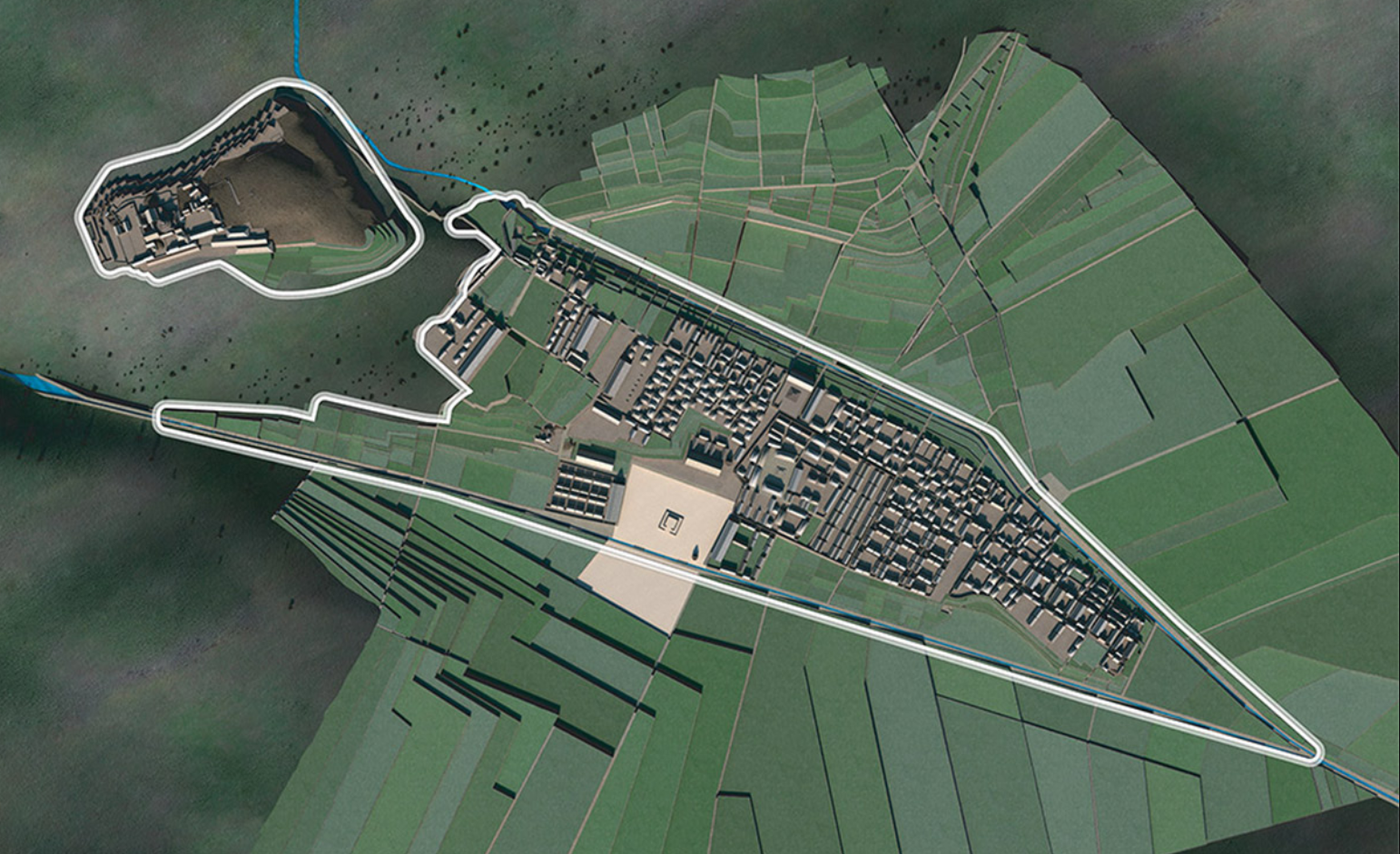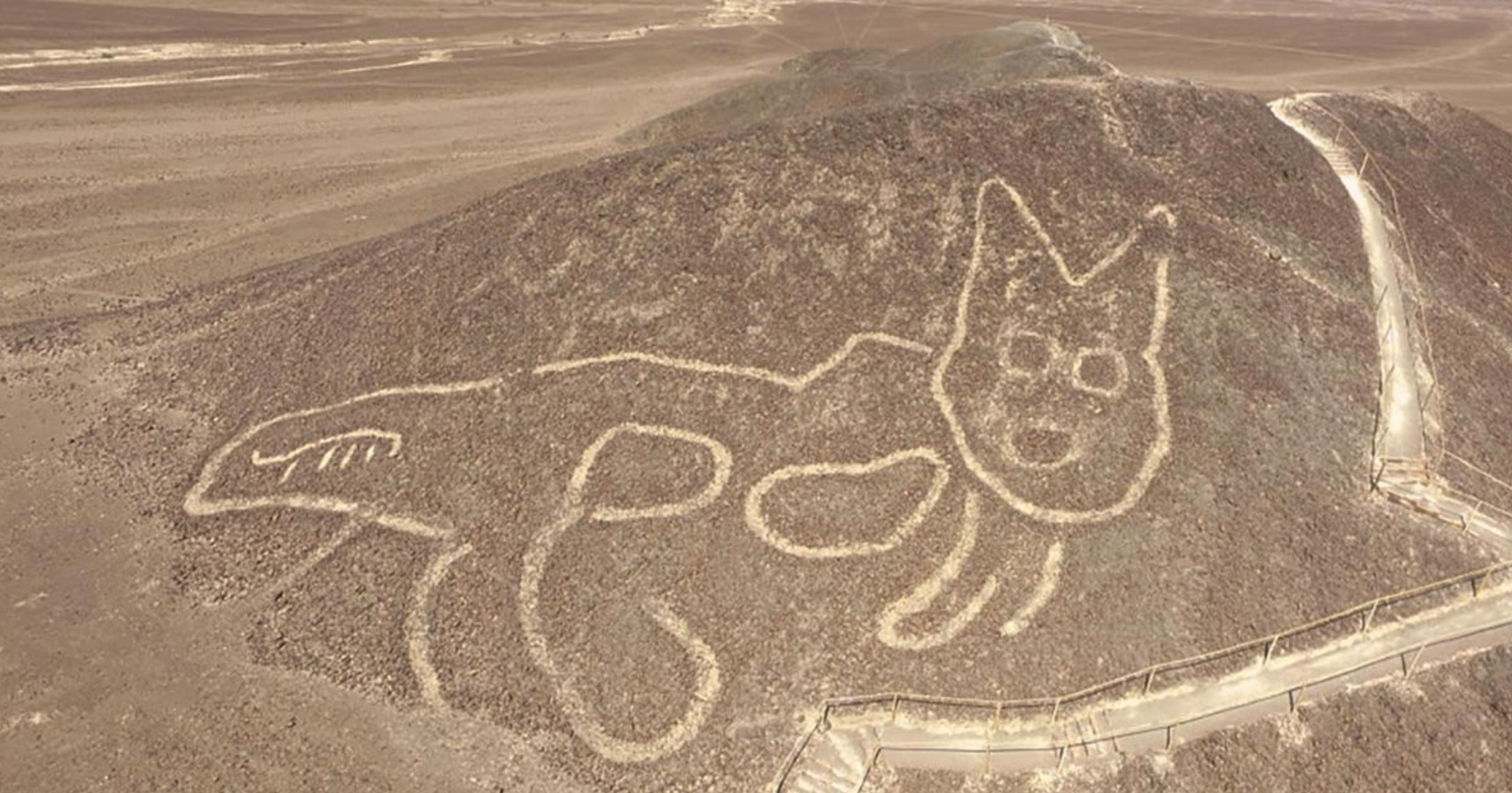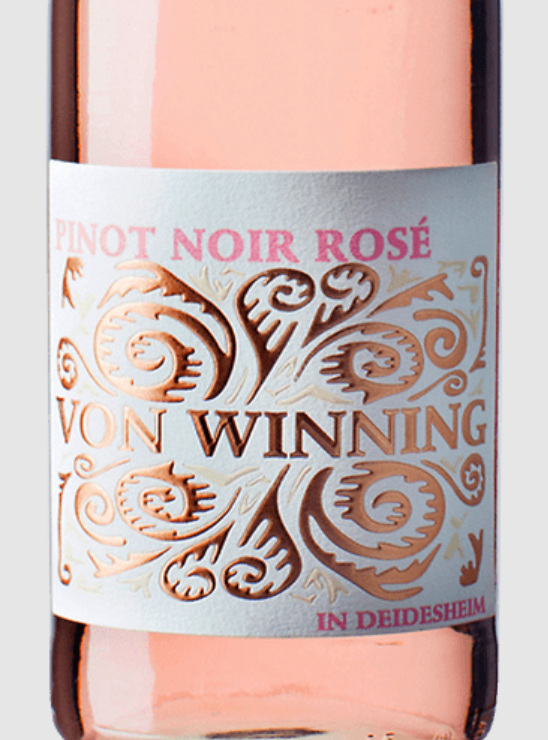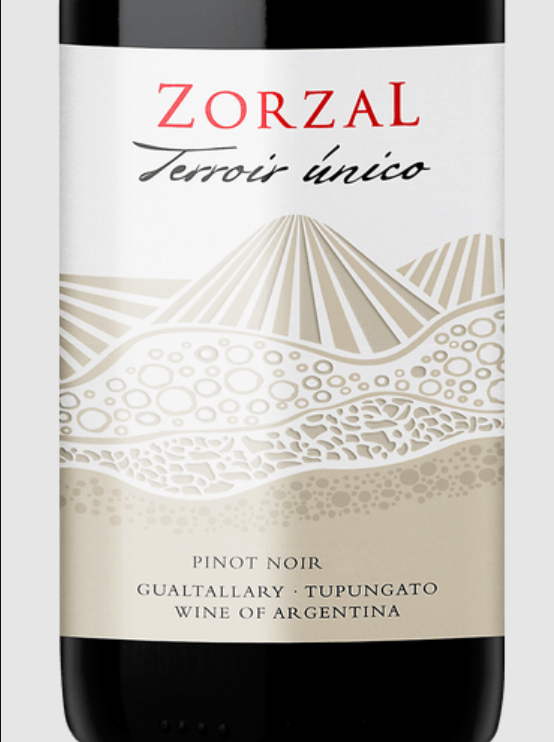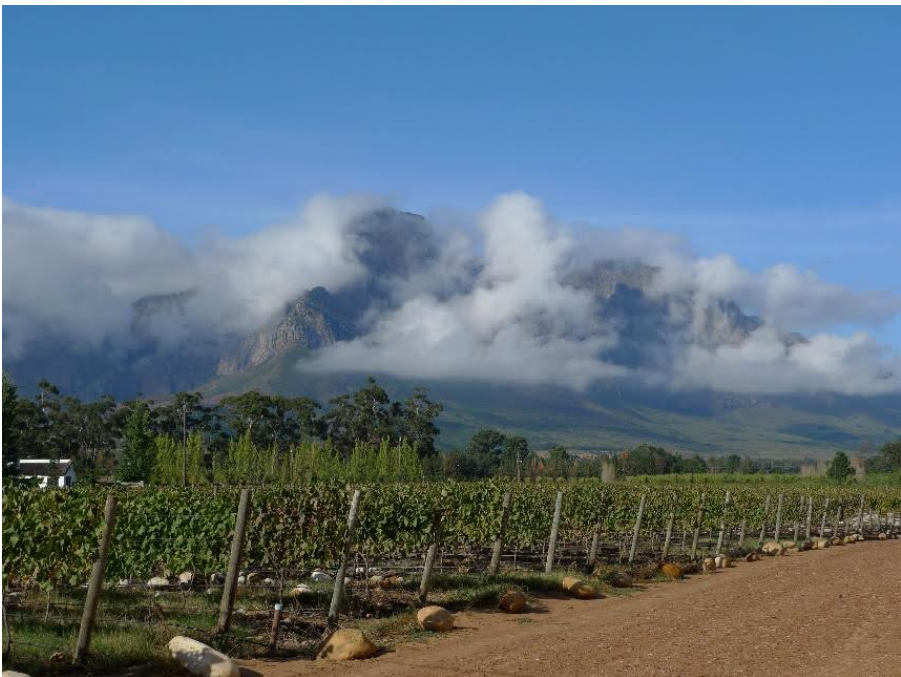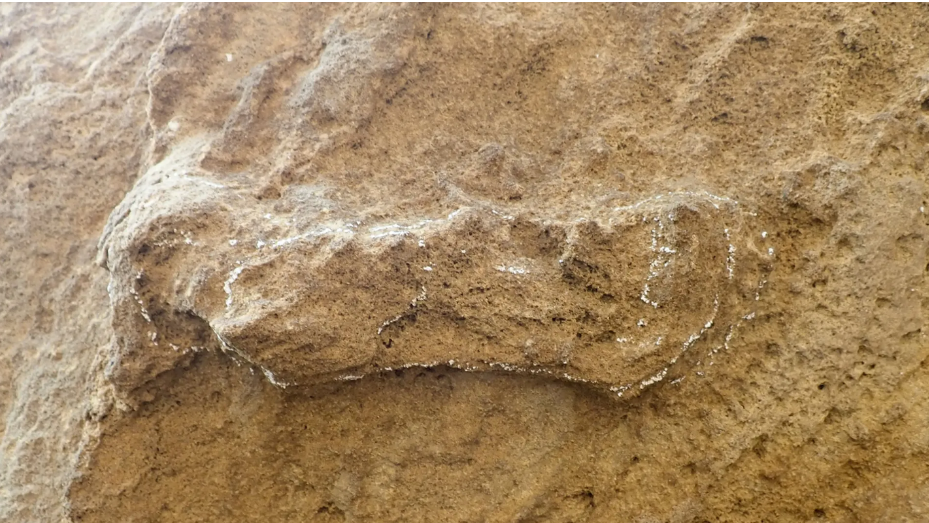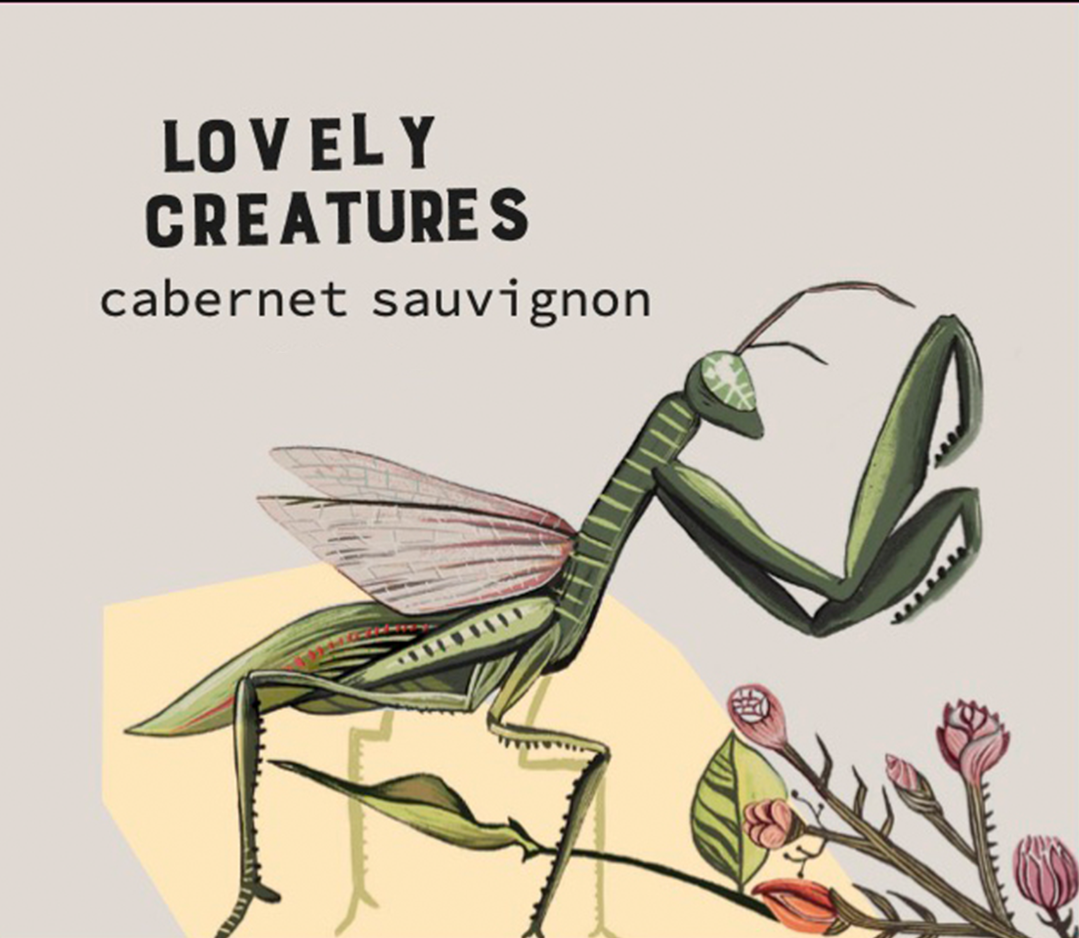Feb Wine Club - Love is in the Air: Pinot Noir and Cats
It is February and we’ll soon know whether Phil sees his shadow, or if Spring will come early. February is also all about love – whether for Val-, Pal-, or Gal- entine’s celebrations.
Pinot Noir
For some, Pinot Noir is a language of love. The wine has loyal – in some cases obsessive – adherents. Why? It is a grape that is difficult to grow and that produces very different wines depending on its soil and microclimate – not to mention the hand of the winemaker. Pinot Noir was the first (wine) love of Nick Baitzel - former Jet GM and current Sojourn COO. It is its versatility and diversity – the fact that “it really takes the concept of terroir to the extreme” – that Nick appreciates. He continues, “(b)ecause it can differ so vastly, it is great to drink year-round. You can drink a heavier, more tannic, oak-aged Burgundy or Willamette Valley Pinot in the winter-time.” Those of you who know Nick will be unsurprised to learn that he’ll “put a chill on it” in the warmer months.
The love extends to its flavors and characteristics in the glass. Well-made Pinot Noir has a great acid-balance and a lighter-bodied mouth feel that makes it a great drink across a whole meal. It can be referred to as “sensuous” for its silky structure and wonderful, earthy aromatics. They often have a beautiful, jewel-tone coloring that shimmers in the glass. Finally, it can be very age-worthy with flavors that change over time.
Its diversity means that it suggests different things to different people, of course. When I ask my husband, he agrees with its sensual nature; he likes the “funk”. It generally makes me think of winter in the mountains – pine needles, little red berries, cloves, and wood smoke.
Arguably, Burgundy is the most famous producer of fine Pinot Noir. But, the grape is grown around the world, including this month’s wines’ countries: Germany and Argentina. Between the two, its more usual home is in Germany; it isn’t often planted in Argentina.
So, how does this relate to cats?
Argentina has some of the world’s highest vineyards, placed on the slopes of what are some of the world’s tallest mountains. Tupungato, at nearly 21,560 feet, holds the highest-elevation winery in Argentina at 4500 ft. That winery is Zorzal, from which this month’s Argentine wine comes. Like many high mountains, Tupungato shows diversity of flora and fauna from its neighbors. For instance, the tuco-tuco (Ctenomys) is a rodent common to South America that readily speciates; Tuco-tucos of Tupungato have their own ancestral branch (clade). As can be expected where rodents are common, there are also cats. The Southern Pampas Cat, Leopardus pajeros, is found around Tupungato’s eastern slopes (and so is Zorzal!). They eat, among other things, tuco-tuco.
Leopardus pajeros
At 22,837 ft, the neighboring peak of Aconcagua is even taller than Tupungato. Mountains – especially those so close to the clouds – were viewed as sacred places by the Inca, whose 1st millennium AD empire at times included these mountains. On Aconcagua, a sacred burial of a 7-year old boy was found, dating to ca 1500 AD. The boy had been sacrificed and interred high up on the mountain with Incan textiles, statuettes, and other goods. Sacrifice and burial of “pure” children was a part of Incan rites, and the sacred shrines were typically placed at high altitude. Such vestiges of Incan culture are found along the ancient Inca roads that connected the vast empire, some still visible from Mendoza to Ecuador. At the center of this network of roads was the Incan capital of Cusco, a city said to be built in the effigy of a recumbent puma.
Image: https://americanindian.si.edu/inkaroad/img/inkauniverse/cusco/cusco-test-bkgrd.jpg
While that requires a little squinting, this image of a cat decidedly does not.
Image: AFP/Peruvian Ministry of Culture, from the Jakarta Post
Preceding the Inca Empire by more than a millennium, the Nazca culture predominated in Peru. The famous “Nazca Lines” in the Nazca desert include images of trees and flowers, fish, birds, mammals – and a human. This cat dates from early in the Nazca period, ca 200-100 BC. The images were not “drawn” as lines, as such, but rather formed by removing rocks, soil, and vegetation to create contrast. The images are large – the largest spans 1200 feet. The cat was a tenth of that size, about 120 feet.
This cat does not resemble a puma, so much as it resembles a house cat. Domesticated cats (Felis domesticus) were not known here at that time, but it does also resemble the Southern Pampas Cat, or its relative the ocelot.
While “domestic” cats first appear about 10000 years ago in the Middle East, they were not widely spread through Europe until roughly the same time the Nazca cat was created. They spread with people, plants, animals, and boats – including by Phoenician, Greek, and Roman traders. Cats helped expand Romans across Europe; the military brought cats to their garrisons to protect their food supply from pests, and trader kept them on ships. The Romans had garrisons along the Rhein, just east of Deidesheim – from where our German wine comes.
Their legacy in the region is cemented at the Katzinett - Katzenmuseum Ludwigshafen - Cat Museum in nearby Ludwigshafen. Though closed until Spring 2024, it warms my kitty-loving heart! Kitties in miniature! Kitties with hats! Basically, cats and more cats. No less purr-fect is the katze Kindergarten just south in Karlsruhe.
Image: Photos of Katzinett - Katzenmuseum Atlas Obscura, Presse.
Karlsruhe. DE, Ludwigshafen - Cat Museum, Trip Advisor
Overall, Germans have clearly taken to the little beasts. Currently, the World Cat Federation – an international association of cat clubs – is based in Germany though only 2 cat breeds originate in Germany: the German Longhair and the German Rex. Neither of these resemble Nazca-line cat images.
Are There Wines?
Yes, we do have wines. This month, as noted, we are featuring Pinot Noir.
Von Winning Pinot Noir Rosé 2020, Pfalz
Von Winning was established in the late 19th century in Deidesheim, in Germany’s Pfalz region. The vineyards are organically farmed, with sandstone, limestone, loess, and clay soils.
Their “winning” strategy is to “not do the wrong thing at the wrong time”. On that note, this is the right time for this wine; do not be afraid of a little age on rosé – especially one made with a grape that often ages well.
This rose is dry and acidic, with mineral and chalky texture. It is clean and bright with watermelon, rose petal, and white pepper notes. The mouth also has some herbs and Pinot Noir’s characteristic earthiness.
Zorzal Pinot Noir 2023, Tupungato
The Zorzal winery is the highest in Argentina, at 4500 ft. It was founded in 2007 by brothers Gerardo, Matias, and Juan Pablo Michelini. The soils on the slopes of Tupungato are sandy and chalky. Farming is organic.
Hand-harvested grapes undergo partial whole-cluster pressing, and fermentation is spontaneous.
The resulting wine feels rich and luscious in the mouth, with ample acidity for food. This is a “forest floor” Pinot Noir, with the addition of raspberry and currant, and notes of smokey game.
Jet Wine Club Jan - South Africa Playlist
Listen to these songs while you enjoy this month’s wines!
Enjoy these songs while you enjoy your wines!
Click here to listen now. Playlist by Jill Weber, owner & founder.
Jet was first introduced to the iconic South African singer, Brenda Fassie, by one of our first regulars, Andrew (We are not forgetting about you, Marc, who gave us our first Jet marriage and Jet baby!). “Weekend Special” now has a special place in our hearts. Spoek Mathambo, who hails from Soweto, is simply one of my favorite artists. From the politically-charged Mashini Wam to the Amapiano beats of “I Found You”, his music is soul catching. Finally, South African Jazz is a genre unto itself, and this classic tune from Sankomota hits all the right notes.
Wine Club - South Africa Month
Stellenbosch wine country (author’s image).
By Jill Weber, owner & founder of Jet Wine Bar
Happy New Year! I want to thank you for your continued support – Jet would not be able to survive and thrive without our best customers… members of our Wine Club!
Our goal for this year is to make our Wine Club your destination for both wine AND community. You already get great wine, discounts, and early-bird notifications. Now we want to add more information, education, and entertainment. Be on the lookout for special events involving YOU.
Now — onto 2024!
January in Philly is cold, but down in the Southern hemisphere, it is summer in our first destination of the year – South Africa. January is when grapes begin to be harvested, and when festivals commence.
Wine production in south Africa began relatively late – not until the mid-17th century with Dutch colonization. The ensuing pattern of land being dispossessed from local herders and afforded to colonial agriculturalists (and vintners) —and worked by enslaved people from across Africa and Asia — fomented the vast disparities in wealth and power. These came to characterize South Africa, and later became ingrained during Apartheid rule.
The South African wine industry is now emerging from its colonial beginnings and apartheid wrongs, through a series of initiatives that support local communities in the ownership of their land and products of their labor. Encouraging and investing in Black growers, producers, and owners has resulted in a more diverse and equitable wine landscape.
While the wine industry is pretty young, human history in South Africa is quite old.
Stellenbosch wine country (author’s image).
Archaeology Corner
South Africa is justly famous for its fossil remains of early hominins (our bipedal ancestors). Sterkfontein – near Johannesburg – is a UNESCO World Heritage site dubbed “Cradle of Humankind” for the extensive remains of, particularly, Australopithecus sp. These date back millions of years, and are of an age similar to those found in Tanzania and Ethiopia (of “Lucy” fame). Closer to Stellenbosch, the home of this month’s wines, the hominin remains are a lot younger, though equally interesting – more on that in a second!
Much of the archaeology near Cape Town (and Stellenbosch) derives from the “Stone Age” – specifically the “Middle Stone Age,” beginning roughly 300,000 years ago. At that time, low-density populations of hunters and gatherers camped in ephemeral settings, opportunistically making use of the land’s plant and animal wild-bounty. The bulk of what they left behind are durable stone tools. Both the finished products and the waste of manufacture are readily identifiable, and the steady availability of the raw material makes them expendable (resulting in many left behind and thrown away). Among those stone tools were microliths (very small, shaped pieces) and blades that could be hafted to spears or bows, or used in unison for multi-bladed implements— believed to be innovations for hunting.
Fossilized bone “rocks” are the form our information takes about those very old hominins. Bones become fossils as the organic materials within them get replaced by minerals, creating rocks. How else are living creatures preserved in rock? Foot, hoof, and paw prints are captured and – through similar processes of fossilization – eternalized. From such captured footprints, we know that elephant ancestors (proboscideans) travelled across the southern Cape during this Middle Stone Age.(https://doi.org/10.1017/qua.2021.32 )
We also know which hominins may have been using those stone tools and possibly stalking those elephants – anatomically modern humans. Such early modern humans are known from other Middle Stone Age contexts in South Africa (notably Florisbad). Near to Cape Town in the Garden Route National Park, the oldest-known fossilized footprints of Homo sapiens have been found, dating to around 150,000 years ago! (https://www.sci.news/archaeology/oldest-homo-sapiens-footprint-south-africa-11952.html)
153,000 year old print (with chalk outline). Photo credit: Charles Helm
What correspondence the indigenous San and later-arriving Khoe peoples – both encountered by the colonizing Dutch – held to those very early occupants is unclear, though these groups show early genetic divergence from them, and thus more direct relationship. (https://academic.oup.com/mbe/article/37/10/2944/5874945)
As noted, modern winemaking bears no relationship whatsoever to the early human history of South Africa; grapes were not native to the area and thus not even present until much later. Therefore the wine we are discussing today represents just a drop-in-the-bucket of human history and culture of South Africa.
So what about the wines?
Both of this month’s wines were produced from grapes grown in Stellenbosch, which is due East (and inland) of Cape Town. Soils here are among the oldest in the world. The climate is hot and dry, but the tempering force of the South Atlantic Ocean offers some relief. Rolling hills abound, along with some steeper, mountain slopes. The most commonly planted grapes are Chenin Blanc and Cabernet Sauvignon.
Lovely Creatures Cabernet Sauvignon, Western Cape
Winemaker Stephanie Wild crafted this wine from grapes mostly sourced from the slopes of Simonsberg Mountain (in the north of the region), from soils that are mostly sandstone and clay. The grapes were hand harvested. While they were fully destemmed, the skins remained with the fermenting juice for 10 days before being aged for 14 months in oak barrels of which 10% were new. The resulting wine reads decidedly purple. It has a lovely violet hue, and hints of purple fruits like plum and blackberry, a touch of ripe date and tobacco, and a lovely eucalyptus and savory herb finish.
The name “Lovely Creatures” is a reference to the numerous biota that contribute to a heathy vineyard, and whose presence indicates that health. The surrounding fynbos – ecologically diverse shrubland in the Cape region – contributes to the regions overall vitality, as well as adding floral and savory notes to the wine.
Craven Pinot Gris
Jeanine and Mick Craven are the wife & husband team behind Craven wines. Grapes were sourced from an east-facing slope in the Newlands vineyard (western Stellenbosch), which has the distinctive koffieklip soils. These are rich in iron and, as they deteriorate into gravel, promote great drainage for the vines.
Hand harvested grapes were pressed and given 6 days of skin contact. Further fermentation and 5 months of aging were done in concrete. The wine has notes of rose petal, cherry, light citrus and fynbos savory herbs. The wine has a bit of tannin from the skin contact.
Pinot Gris and Pinot Grigio are the same grape. The different names often reflect the region in which the grapes are grown, or style of the resulting wine; Pinot Gris generally drinks fuller and rounder than the more austere Pinot Grigio. But, like any grape, the specific soils, microclimate, and hand of the winemaker are what make the wine distinctive. Pinot Gris/Grigio of any type is great for skin-contact techniques due to the coloring present in its skins.




